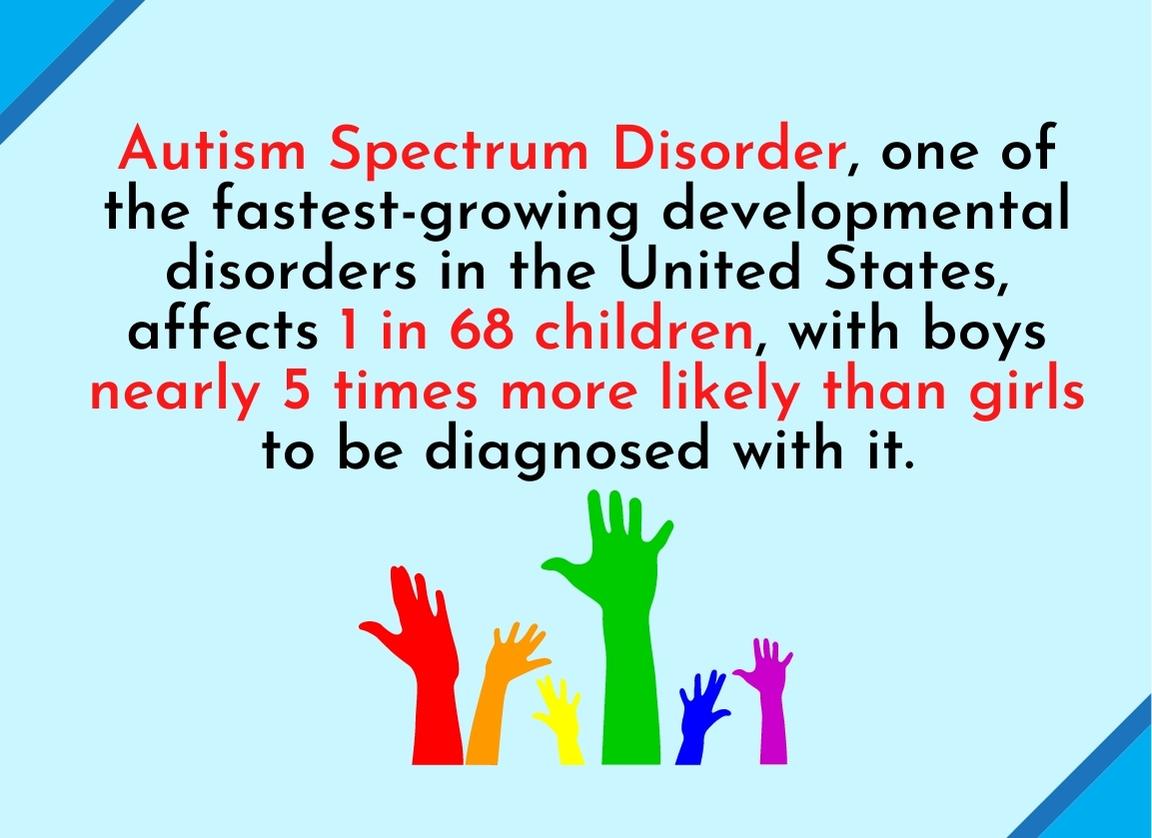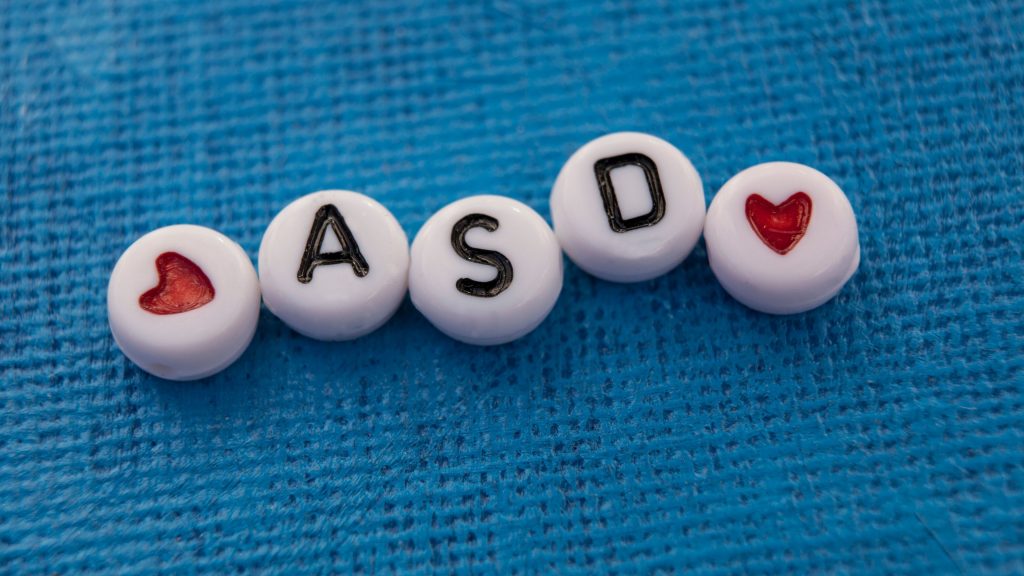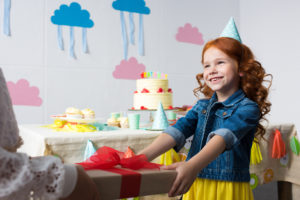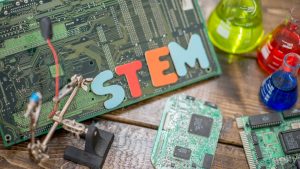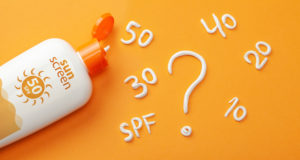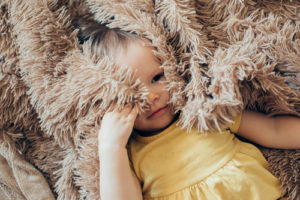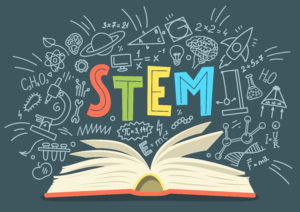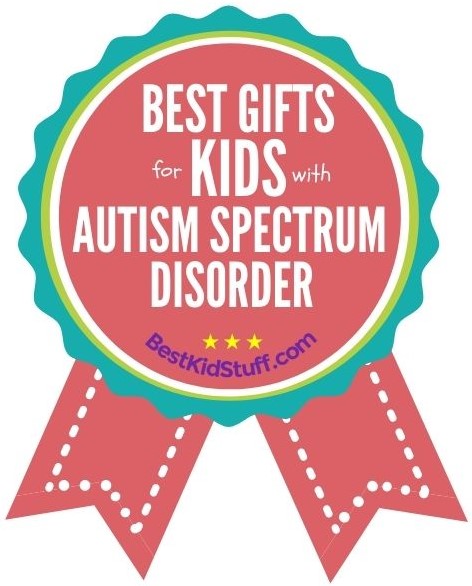
Children with autism spectrum disorder (ASD) typically have social interaction and communication issues, sensory sensitivities, and repetitive behaviors. But emphasis must be made that no two individuals with ASD have the same range of symptoms and severity.
Their symptoms may also change as they become older, particularly with therapy and medication. Their preferences will also likely change and, thus, it’s important to look for more appropriate gifts. The old gifts may not be as enjoyable for them anymore, too.
If you’re a parent, the best ways to determine great gifts are to observe your child’s unique preferences and patterns of behavior, ask your therapist about it, and put yourself in your child’s shoes. If you are a parent to or know a child with ASD, you should ideally ask their parents about appropriate gifts. You want to ensure that your recipient will enjoy the items, perhaps even develop their physical and mental skills from using them.
All these circumstances surrounding ASD can make choosing great gifts for them such a challenge!
Ranking Methodology
Fortunately, many of the gifts we usually give to neurotypical children are also ideal for children with ASD. We put together these 10 excellent presents for kids with Autism Spectrum Disorder with three major factors in mind:
- The products factor in the child’s developmental ability and specific interests more than their age. Such is the wide range of symptoms in children with ASD that there’s no figurative box to fit them in! Some children have normal to high intelligence, others have lower than normal intelligence, and others have difficulty learning. Some have extreme difficulty in communication and socializing. Others may only experience mild to moderate issues. Some may have a keen interest in specific topics or objects. Others may experience meltdowns when exposed to the slightest change or unwanted stimuli.
- The gifts have features that generally appeal to children with ASD. “Fun” is not the first word that comes to mind when choosing toys or presents for kids with Autism Spectrum Disorder. When they receive gifts that address the symptoms and characteristics that are exclusive or unique to the condition, they exhibit happiess and calmness.
- Difficulty in communication, coping with change and unexpected situations, and sensory sensitivities can result in physical symptoms and mental turmoil for children with ASD. Meltdowns caused by anxiety are common and, thus, toys and other items with calming features are appreciated. These can include moving motion lamps with changing colors, spiral timers, vibrating items, and weighted items like vests and blankets. Stress balls and fidget toys are also great gift ideas.
- Sensory toys are also great gifts because these engage the hands and distract the mind from the unsettling stimuli or situation. But stick to toys that provide a single sensory stimulation to prevent overstimulation. Sensory toys include sensory mats, chew toys, and sand/slime/putty. Most sensory toys, such as sand, slime and putty, are also excellent for developing gross and fine motor skills and for solo and group playtime.
- Cause-and-effect toys are also excellent gifts because they allow children with ASD to exercise control over themselves and influence their environment. They learn that there’s likely to be a predictable reaction if they do something, often an enjoyable one. The immediate positive feedback boosts their confidence, makes them feel like they are in control, and allows them to take turns. Examples include vibrating pillows and lollipopters.
- The products are guarantee safety and excellent quality. Many appropriate toys and gift items for children with ASD are a combination of calming and sensory toys, so it’s like hitting two birds with one stone. The items on our list are also affordable, durable and safe to use, so both you, the gift-giver, and the recipient will be happy with your gifts!
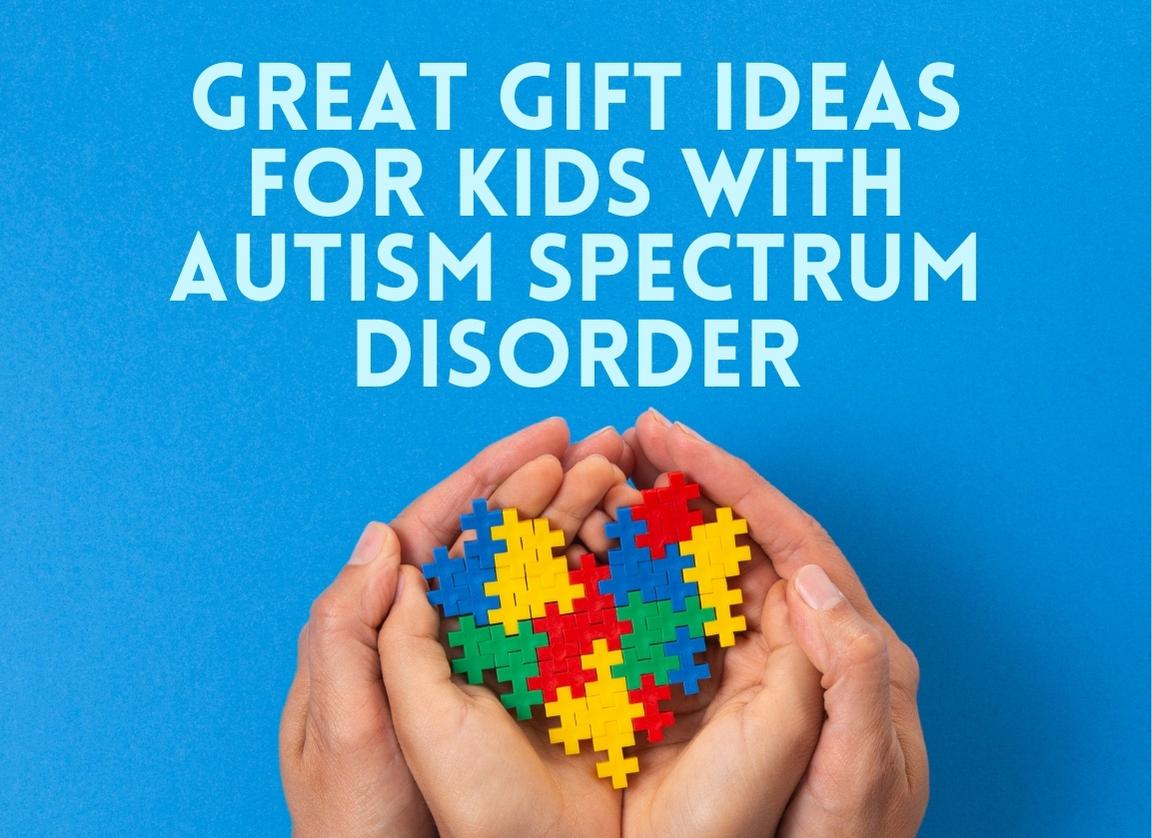
1) Art3d 6-Tile Sensory Room Floor Tile
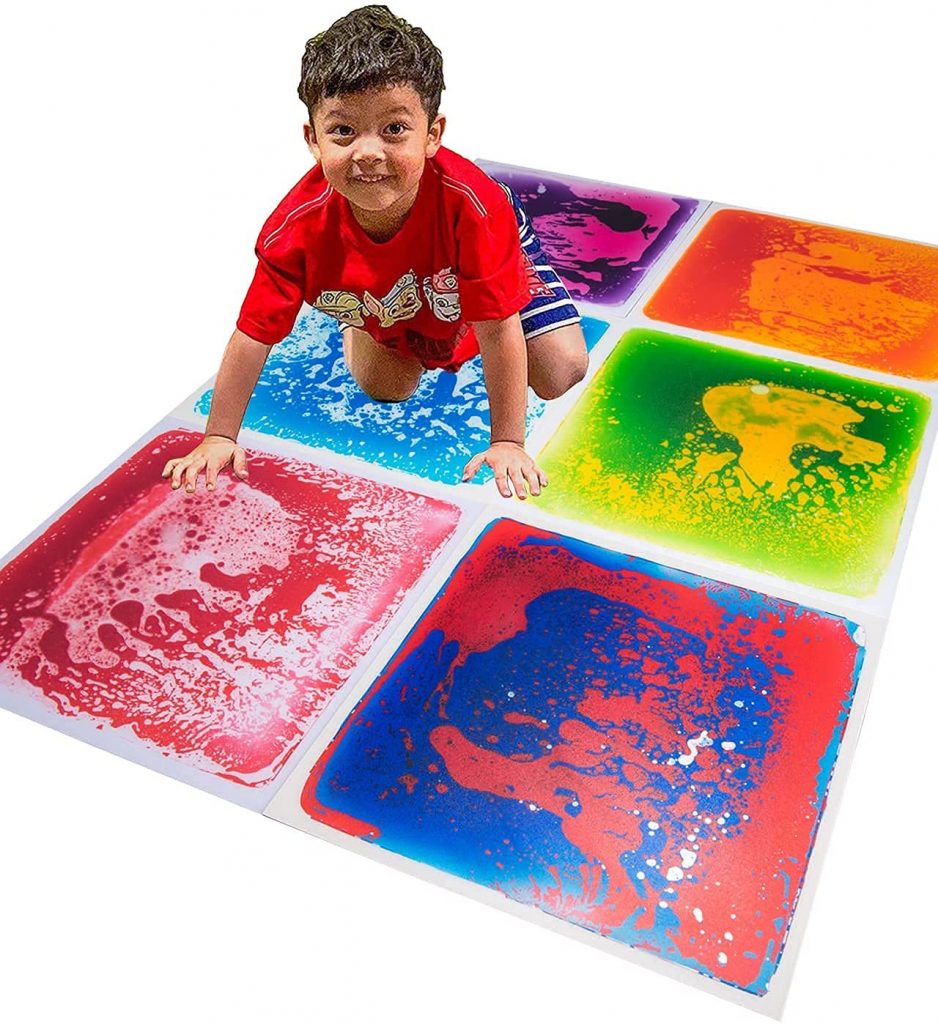
Sensory mats have different textures, colors, and patterns on their surfaces that provide visual and tactile experiences for children. They can play with the different textures and see the changing patterns and colors using their hands and feet. You may ask them to close their eyes, feel with their hands and feet, and describe the sensations.
The Art3d 6-tile sensory mat is a great gift because of the wide range of sensory experiences that children with ASD can enjoy on it. The six-tile mat has tiles with different colors– blue, red, red-blue, purple-pink, green-yellow, and orange-red. These colors on their own already provide an exciting visual stimulation that will immediately capture a child’s attention and feed their imagination.
But the sensory mat offers more sensory stimulation that will provide more opportunities for playtime! With its safe, non-toxic liquid, the colored tiles quickly respond to pressure from a child’s feet, hands, and other body parts. Even a light tap or step can change the colorful patterns on the tiles.
Children with ASD become more attracted and attentive to the changing colors and patterns with each movement they make. The feeling of being in control also contributes to their better self-confidence that, in turn, makes them more sociable. Watch as two children play on the sensory mat, take turns making the mat change colors, and enjoy the playdate!
Don’t worry about the sensory mat being placed under too much stress from two or more children playing on it. This is made of thick, durable material that can withstand the pressure from several hands, feet, and small bodies, even their jumping, and rolling motions. Plus, it’s easy to clean with a damp rag followed by a dry rag to remove the inevitable stains, dust, and dirt that build up with regular use.
There’s no reason to worry about the sensory mat slipping and sliding on the floor with every movement children make while on it. The sensory mat’s underside has an anti-slip surface that serves a double purpose – first, to minimize its slipping and sliding on the floor, and second, to protect the floor from possible scratches.
This can also be placed virtually anywhere with a flat surface, whether a wooden or a tiled floor, with or without a carpet – no assembly, no installation instructions. Think of the possibilities that it can be used, too, such as a dance floor so children with ASD will enjoy dancing to music. Physical exercise is an added benefit to visual and tactile stimulation.
2) Melissa & Doug Shapes Sound Puzzle
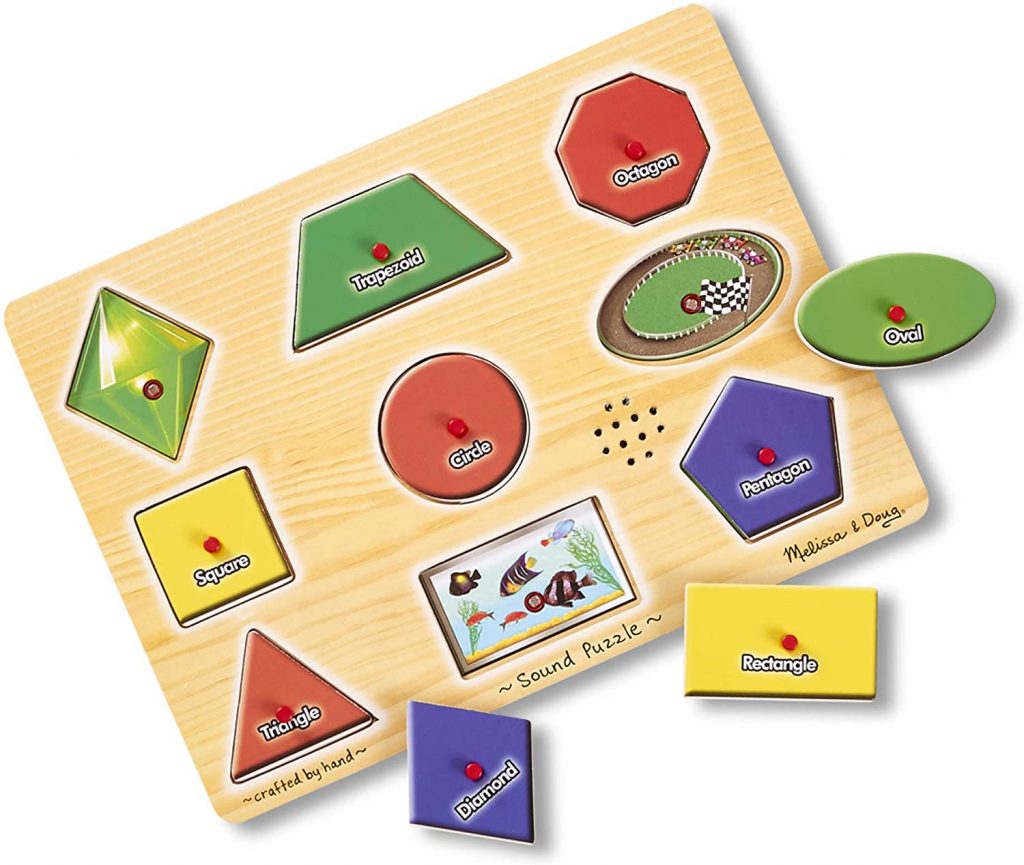
Children with ASD typically spend more time looking at patterns and shapes than their neurotypical counterparts, whose preference is to look at other kids. Furthermore, the more movement in the geometric patterns and shapes, the more attentive they are! Their eye movements, known as saccades, are also fewer, so there is a hypnotic effect.
There are also other benefits when children with ASD learn about shapes. They learn to recognize, label, and organize visual information and express their similarities and differences. They develop their language skills, improve their early math skills, and enhance their spatial sense.
For these reasons, the Melissa & Doug Shapes Sound Puzzle is a great gift! This is a 21-piece wooden puzzle suitable for children three years old and above – or in the case of children with ASD, with the mental age of a three-year-old toddler. Measuring 0.8″ (H) x 10″ (L) x 13.5″ (W), it’s also light and small enough to be moved by a child to wherever they want to play with it.
But due to its small parts, it’s important for parents whose children like to put things in their mouths to exercise supervision and discretion. The AAA batteries for the sound may or may not cause concern depending on a child’s manual dexterity and oral habits.
Beyond these minor concerns, the wooden puzzle provides children with the opportunity to learn basic shapes in a truly enjoyable manner. Like most puzzles, each shape has a corresponding slot on the wooden board. Children can match the shape to the slot and complete the board, and then disassemble it again for more playtime. With each turn, children learn their shapes and reinforce the lesson, a do-and-repeat pattern that also strengthens their sense of control and confidence.
But there’s more to the puzzle than meets the eye! As each wooden piece is placed over the correct slot on the board, the shape’s name can be heard. Combining visual and audio stimuli results in better learning without overwhelming children with sensory issues.
Children with language-related issues can benefit from the sounding out of the name of each shape. By mimicking the sound, they learn new words! Parents can also assist their children by sounding out the names and providing examples of everyday objects with the same shapes.
3) Electric Jellyfish Tank Lamp
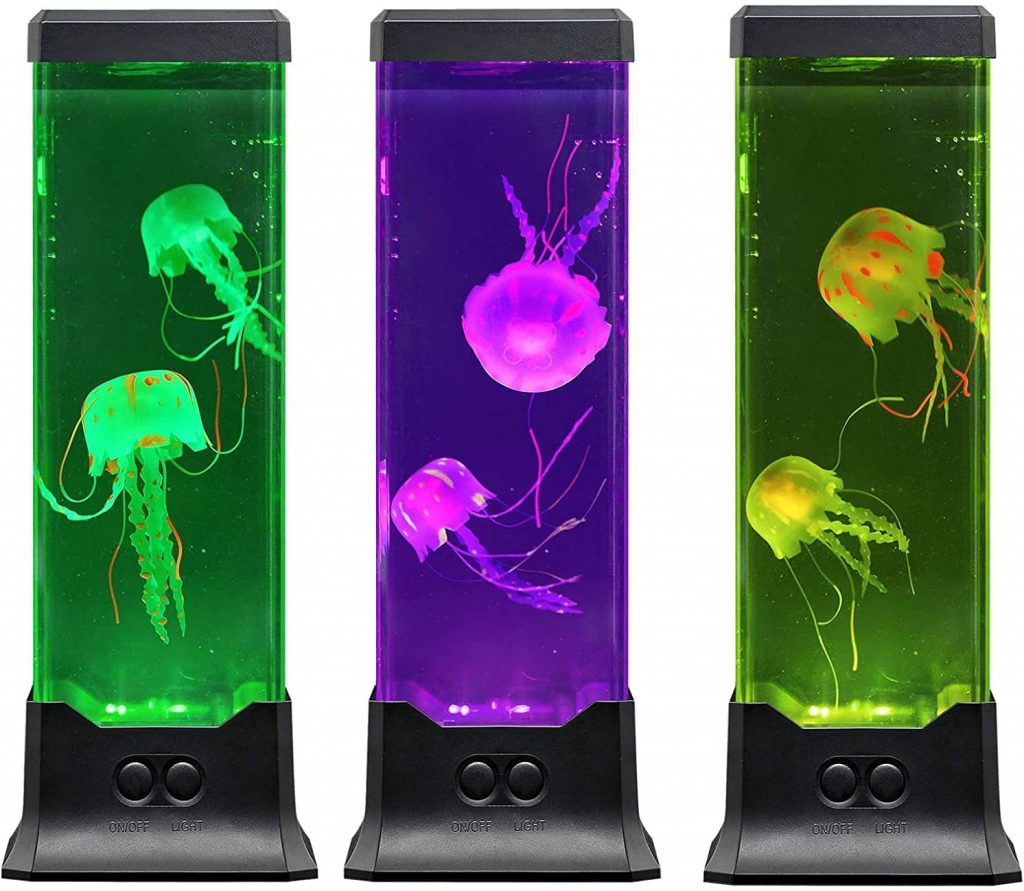
Children with ASD may have symptoms of anxiety caused by their exposure to unexpected situations and persons. Their lower sensory threshold contributes to their feeling overwhelmed by their physical sensations and mental stimulations. These can result in physical exhaustion and mental anxiety that must be soothed lest meltdowns occur.
Objects with a calming effect, such as the Electric Jellyfish Tank Lamp, are then great gift ideas for these reasons. The calming effect comes from several built-in features in the electric lamp.
First, the slow and repetitive motions have a calming effect that becomes obvious within five minutes or less after a child with ASD looks at it. The undulating motion made by the colorful artificial jellyfish has a soothing effect on agitated children with sensory issues, and its changing colors sustain their attention. Something is fascinating about the jellyfish changing colors as they dance around each other that distracts children from whatever it was that set them off.
Second, the small water current and bubbles look so realistic that there’s a sense of bringing the ocean into your child’s bedroom or playroom. These features have a soothing effect because of their repetitive patterns with a hypnotic effect that attracts a child’s attention and sustains it for a prolonged period. Again, the distraction contributes to the calming effect that a child with ASD experiences when forgetting about the source of anxiety.
But it isn’t just a one-feature-lamp either! The color patterns can be changed from soft blending between colors to sticking to a single color. Children can then play with the colors and patterns, perhaps even choose based on their mood.
Set-up is easy-peasy, too, although an adult should take charge of its initial set-up. Just add water to the tank, place the artificial jellyfish into the tank, and voila! The tank can be placed on a flat surface, such as a side table beside the bed or on a shelf, and plugged in. Turn on the switch and watch as the jellyfish dance, change colors and calm an anxious child with special needs.
Occasionally, the jellyfish may not seem to move around as much as before. No worries, as the tank, can be gently shaken until its blower reenergizes, so to speak, the artificial jellyfish.
Just as there’s a no-fuss installation, this is a low-maintenance electric lamp, too. Wiping the tank’s exterior surface with a clean cloth when finger stains and other dirt are visible is all that’s needed by way of maintenance. This comes with a 1-year warranty, too, so issues like water leaks and unresponsive features are valid reasons for replacement.
Bonus: There’s little to no sound emanating from the motor! Parents can rest easy knowing that there’s no unwanted audio stimulation from the lamp.
4) Weighted Compression Vest
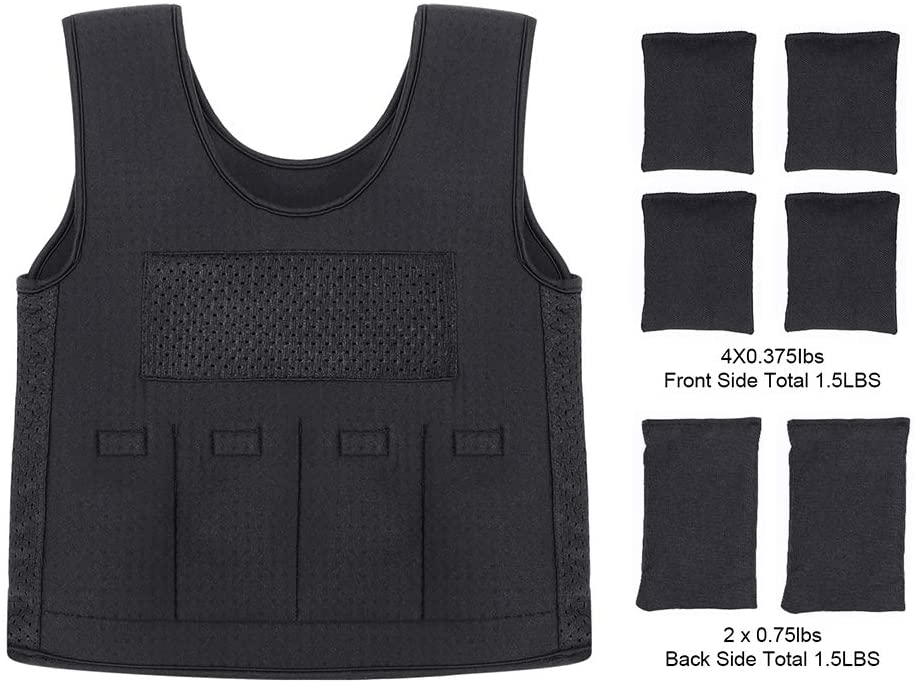
Therapists for children with special needs, such as ASD and ADHD, recommend using a weighted vest as a calming device. The sensory challenges that come with these conditions can be alleviated and, thus, it’s strongly recommended. This weighted compression vest is popular because it “grows” with a child’s needs through adjustable features.
Children with ASD like the feeling of being hugged but, ironically, aren’t keen on physical touch from other people. The feeling of being hugged has a soothing effect, too, when they feel overstimulated by their environment. This is where the weighted compression vest comes to the rescue – it provides deep compression-like being hugged but without the physical touch from another person.
The feeling of being safe and secure calms down frayed nerves, so a child with ASD doesn’t go into a full-on meltdown and maintains equilibrium. With a calm mind and body come other benefits. These include playing independently or with others, learning in school, and being in social situations.
Children with ASD can use the weighted compression vest under their clothes, too. While it has weights, it doesn’t appear bulky under clothes so long as there’s room for it. This may also be placed in a bag when traveling, so there’s a lesser chance for meltdowns when in a new environment. There’s no need for a special bag for it, too, as it can fit into a typical backpack or tote.
The weighted compression vest won’t make its wearer feel too hot with soft, flexible, and durable neoprene as its primary material. The breathable mesh at the front, back, and sides also improves airflow. Children with ASD are more sensitive to heat and cold than neurotypical children, so breathable features in their wearables are a must.
Children with special needs also experience growth spurts, so their wearables must “grow” with them, and it’s true for this weighted compression vest. The Velcro straps are also adjustable based on the size of the user, with their adjustments ranging from 1 inch in length to 5-6 inches in width.
Different children have different needs in pressure and weight that will soothe their anxiety. This weighted compression vest provides such versatility through removable weights. Six removable weight sacks total three pounds; four sacks weigh .0375 pounds each for the front pockets and two 0.75 pound-sacks for the back pockets.
Parents can then remove and add weight sacks as needed. Studies have shown that children with a more excitable personality respond better to more weights and compression.
5) Harkla Hug Inflatable Sensory Peapod
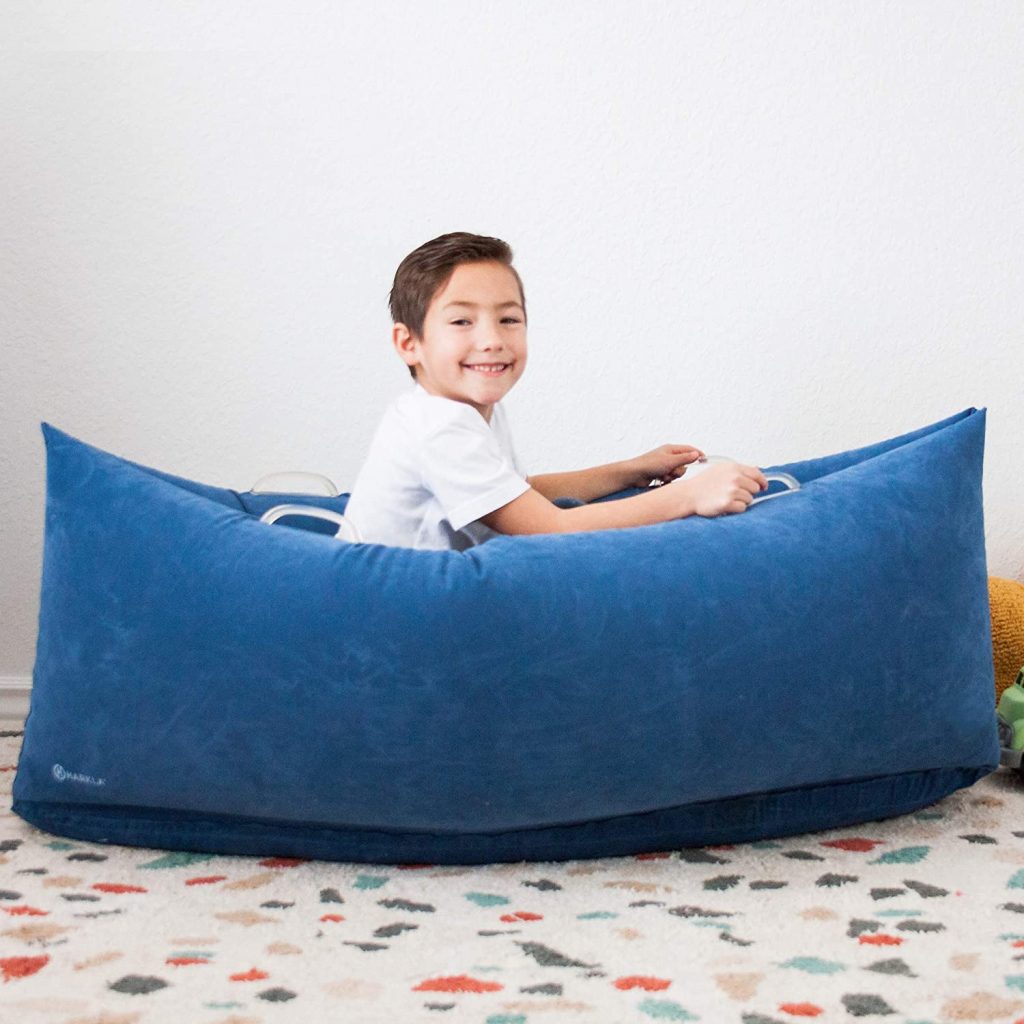
Deep touch pressure (DTP) is a therapy used to manage anxiety in children with ASD. This type of firm tactile sensory input can be applied through compression, such as hugging, squeezing, and swaddling (i.e., compression). Said form of therapy can be enjoyed through the Harkla Hug inflatable sensory peapod.
While it doesn’t provide the whole-body, extra-firm tactile sensory input that a squeeze machine gives, the level of compression is sufficient in many instances. The Harkla Hug applies relatively firm and deep pressure around the arms, legs, and body to feel soothing relief for a child with ASD. Even the action of burrowing deeper, so to speak, into the confined limits of the peapod can have a calming effect!
The hugging feeling alleviates overwhelming sensory inputs that can otherwise result in an agitated body and anxious mind in a child with special needs. The sense of safety and security is further strengthened with the rocking motion created while inside the peapod. The combination of tactile sensory and vestibular input speeds up and maintains the calming effect.
Such is the calmness that a child with ASD feels while in the comforting confines of the Harkla Hug that it quickly becomes their favorite place of relaxation! Here, they can read their books, watch their favorite shows, and interact with others while being calm and cool. Since it’s such a lightweight peapod, they can move it between their bedroom, playroom, and living room, even outdoors, on their own or with a little help from an adult.
Children also find it a comfortable place because of its primary material – flocked vinyl. This soft and supple material feels like velvet on the skin, meaning it won’t cause undesirable reactions like rashes and scratches on a child’s sensitive skin. But it’s also durable material to withstand years of regular use.
Setting it up is easy, too, since it can be quickly inflated using the electric pump that came with its package. There’s also a patch kit if small holes develop on its inflatable surface after months of regular use. But the reinforced stitching ensures that the inflatable peapod can hold air for longer periods.
The peapod has three inflatable compartments that ensure balance on its two sides while also allowing for rocking motions. This isn’t a teetotaler, but its rocking movements have a soothing effect nonetheless.
Bonus: This comes with a lifetime guarantee, and 1% of its sales are donated to the UW Autism Center in support of research on ASD.
6) ENJSD 3D Pin Art Toy
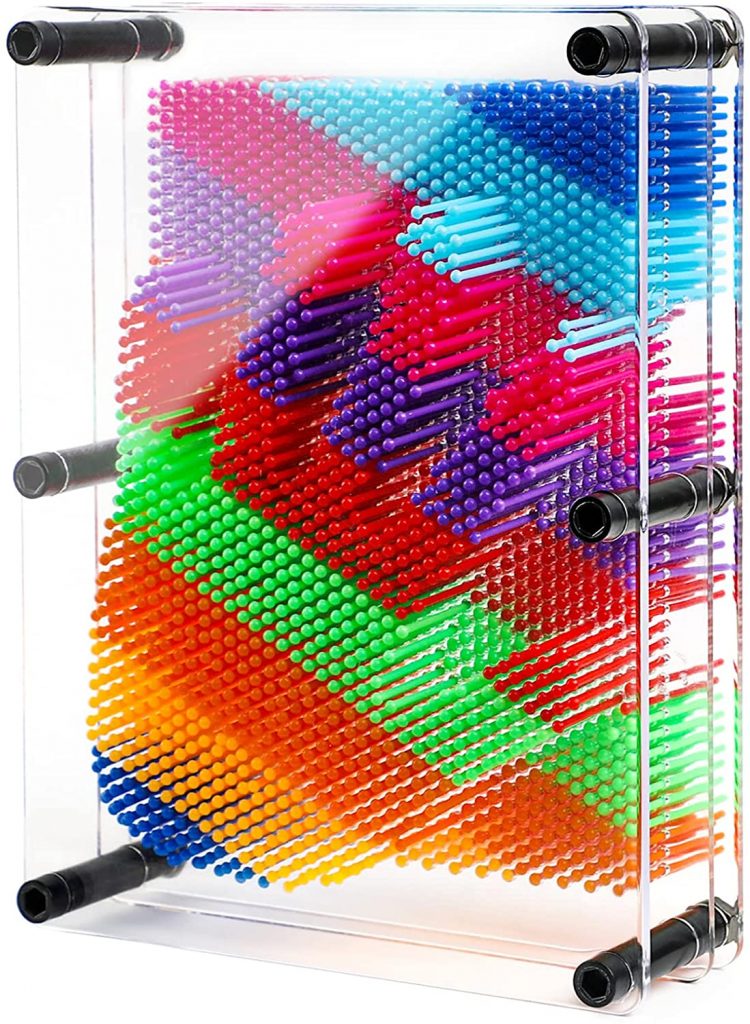
Pin artboards are great toys for children with ASD because they offer sensory experiences that involve touch, texture, and sight. These toys are also great for encouraging imagination, learning about shapes and sizes, and exercising fine motor skills. The pins are typically made of either durable plastic or metal material that can be pushed by hands and fingers to make unique imprints.
The feeling of pushing against the pins, followed by the excitement of seeing the imprints made, is part of its enduring appeal among children with ASD. Parents love it, too, because it’s a no-mess toy that provides hours of entertainment, meaning more focus and fewer tantrums. Of the dozens of pin artboards, the ENJSD 3D Pin Art Toy is the most popular because of its multiple beneficial features.
Note that the pins are made of thin but durable and flexible plastic, and these have several advantages over metal pins. For one thing, the toy itself is more affordable than metal pin artboards of the same size. Parents and other gift-givers can then buy a couple of these pin art toys for every child to enjoy.
For another thing, plastic pins are safer than metal pins, a top priority for children with special needs. The plastic pins move fluidly, too, and then hold the imprint well for a prolonged period. These pins also respond quickly to firm pressure from hands and fingers, so children have a blast making unique impressions.
Yet another great thing about the pin art toy is that it can be used while also engaged in other activities. Your child, for example, may be playing with his computer while also making different impressions on the pin artboard.
Hands and fingers aren’t the only ones that can be used to make different impressions either! Blocks, toys, and other common items can also be used, making the game even more enjoyable.
Since the pin artboard is light enough to carry around, children can bring it with them everywhere and play with it at any time. Parents can keep one artboard in a traveling bag with toys and other activities so children can be entertained when needed.
If there’s a minor issue, the blue pins are less bright than they should be. There’s less definition, but the toy’s high entertainment value is offset.
7) Pop Fidget Spinner Popper Toy
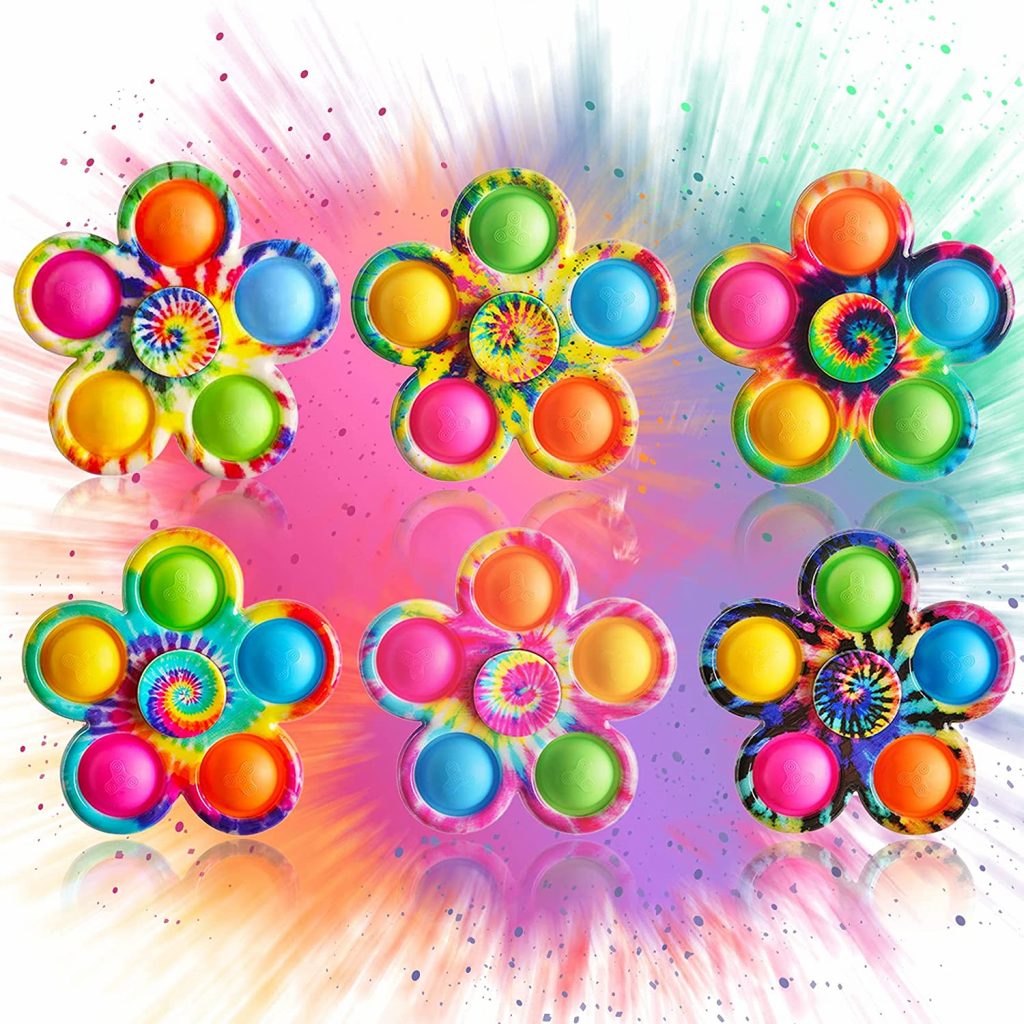
Fidget spinners have been around for several years, but these toys are becoming more popular and, thus, merit a second look like a great gift for children with ASD. These are designed to keep a child’s fingers busy and, thus, distract them from unwanted stimuli, increase their focus and calm their nerves. The smooth yet fast rotations also focus on the movements, while the colorful patterns have a soothing effect.
But the Pop Fidget Spinner Popper Toy goes one step beyond the typical fidget spinners! This is a two-in-one toy that children will love because there’s more variety to their playtime. First, it’s a fidget toy that spins round and round for more than two minutes at a time, and children with ASD become fascinated by the changing colors and patterns. The fast rotation also holds their attention and, once it’s come to a complete halt, they would want to spin it.
Children are fascinated by the fast rotations and changing colorful patterns, so they enjoy an hour or two spinning the fidget toy. Just imagine the relative peace and quiet that parents and siblings will also enjoy, not to mention the child’s pure enjoyment! This is, indeed, a win-win toy for everybody.
Second, it’s also a pop toy with soft parts that can be pressed for stress relief. The pleasant sensation of pressing on these soft parts and hearing the soft popping sound has a relaxing effect. These small actions can be repeated several times, repetitive behavior that children with ASD find comforting. Think of it as a kind of meditation that forces the mind to focus on a single activity and, thus, shut out the unwelcome stimuli.
This is also a simple toy without complicated assembly and maintenance – it can be used right out of the box. Even children with ASD will find it easy to play with on their own or share with a close sibling or friend. With its small size, this toy is easy to carry or placed in a backpack with other toys and personal items.
Plus, it’s made of soft yet durable silicone material without sharp edges and corners. Even the buttons are soft to the touch. There’s also no noise as it spins around so that unwanted audio stimuli can be avoided. This is an ideal present on its own or as a filler for party bags and Christmas socks or as wonderful prizes during games in school and parties.
8) Super Sensory Kit by Small Fish
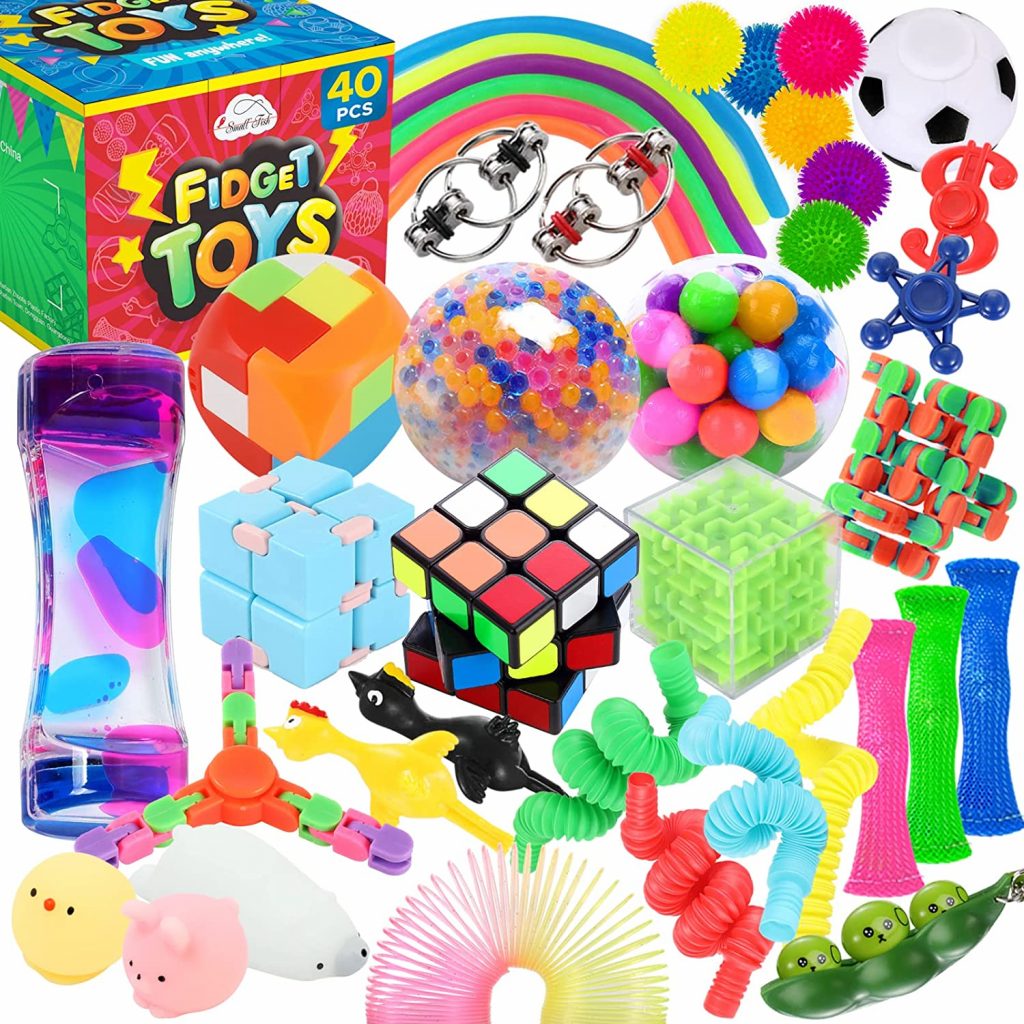
If you’re looking for multiple sensory toys in a single, convenient package, you should consider the Super Sensory Kit by Small Fish! The package contains at least 40 toys appropriate for fidgeters, including children with ASD. While it isn’t a great idea to expose children with sensory issues to several stimuli simultaneously, it’s also crucial for their overall development to ensure variety.
The trick is in providing children with ASD just the right amount of variety in sensory experiences, meaning they become more engaged in the current activity. Too little stimuli and their minds aren’t engaged enough to benefit them; too many stimuli and they can become overwhelmed and agitated. Parents can determine the right type and number of items from the Super Sensory Kit to present to their children through closely observing patterns and preferences.
Among the items in this kit are:
- An infinity cube
- A magic cube
- A liquid timer
- A large stress ball
- A maze puzzle
- A slide puzzle
- A spinner track
- A spinner ball
- Three squishy animals
- Three marble mesh
- Two flippy chains
- Four pop tubes
- Six stretchy strings
Just imagine the abundance of activities that can be done with these toys, such as flipping, squeezing, stretching, pressing, and spinning. With each child having specific preferences in toys, there’s always something that will entertain your child from this kit.
There’s no need to bring every piece when traveling, on playdates, and when going to school either! Each piece is small enough to fit into a child’s bag for future use or in their hands for immediate gratification. Parents of children with ASD know all too well the consequences of not bringing appropriate toys when venturing outside.
These toys are made of various materials, from plastic to silicone, and each one has been chosen for its safe, non-toxic properties. These should withstand years of regular, even rough, use from small hands, so you get the best value for your money. These toys have no sharp edges and corners, so kids don’t risk sustaining scratches and other injuries.
But due to the small toys, the kit is suitable for children three years old and above or without injurious oral habits in the case of children with ASD.
9) Jumbo Slime Kit DIY Toy
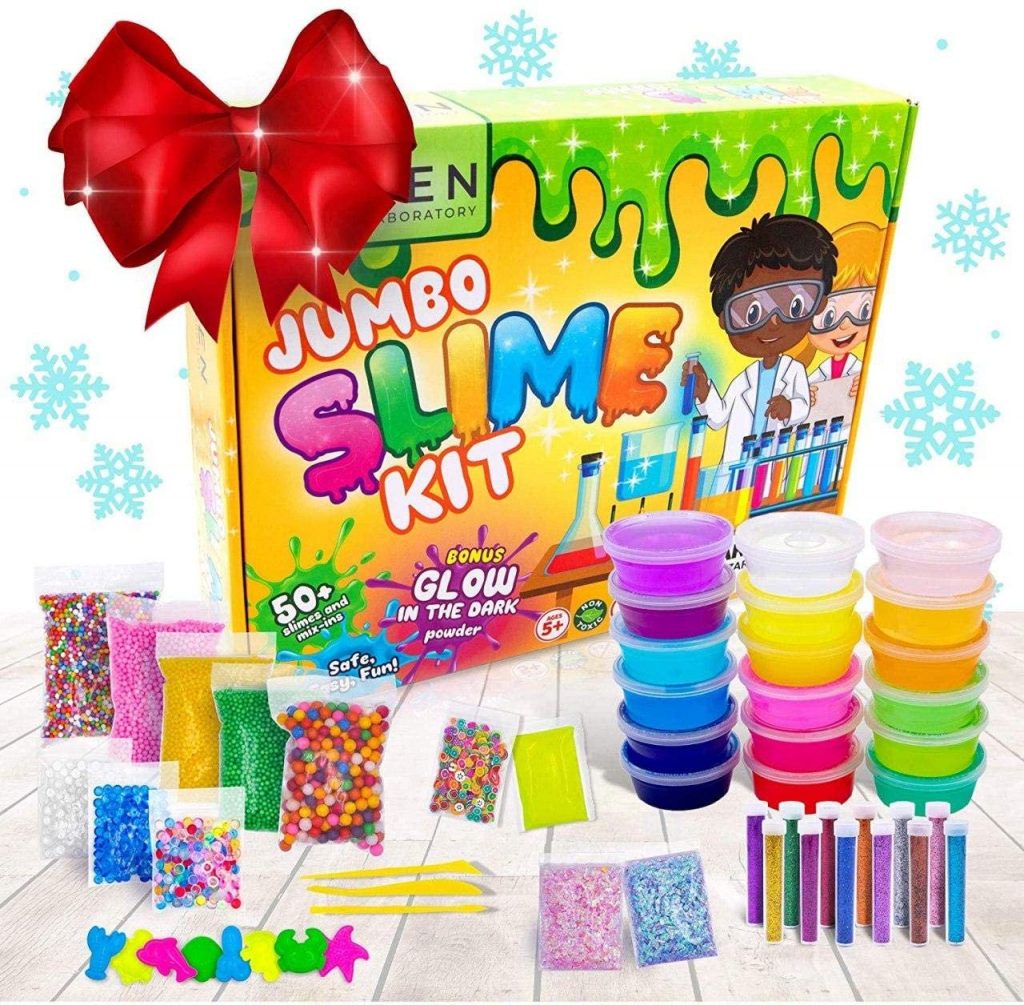
Nickelodeon may have popularized throwing green slime over people’s heads, but you will be glad to know that children with ASD love slime as a toy! The slime provides a wide range of sensory experiences, from the tactile sensation with its smooth, slimy and soft texture to its beautiful colors. The Slime Kit DIY Toy is a popular gift item because it’s so easy and fun to use for both children and adults, a great toy for quality time.
As a kit, the package includes:
- Slime is 18 different colors, from clear to purple
- Two plastic straws
- Three cutting and shaping tools
- Two bags of sugar paper
- Six bags of foam balls
- Three bags of beads
- 12 vials filled with glitter in different colors
In short, it has everything that a child will ever need to make unique slime in all shapes, sizes, and colors! There’s no boring moment with the kit with the sky being the limit of their imagination.
The slime is ready to use, so there’s no assembly involved. Just bring out the individual items from the box and let your child start their journey to the best things that slime can offer! The slime itself is just the right consistency – neither too thick nor too thin, so it can be easily manipulated using hands and fingers as well as tools. This isn’t a sticky slime, too, so it won’t stick to the skin, fabric, and walls, which means it’s easy-peasy to clean.
Plenty of things can be mixed with the ready-made slime, such as beads and glitter, resulting in a wide range of artworks. The most popular mix-in may well be the glow-in-the-dark powder because children love neon colors flashing in a dark room! Even the glitter is easy to work with and clean up, a surprising feature that makes parents happy because there’s less mess.
Beyond the enjoyable hours of playtime, playing with slime also has numerous benefits for children with ASD. These include enhanced creativity, fine motor skills, and hand-eye coordination. Many children also benefit from the soothing effect that playing with their hands brings.
While the slime and other items in the kit are made of non-toxic materials, these shouldn’t be eaten. The recommended age is five-year-olds and up. The slime and its containers are also washable to maintain cleanliness and hygiene.
10) Sanho Yopo Dynamic Movement Sensory Sock
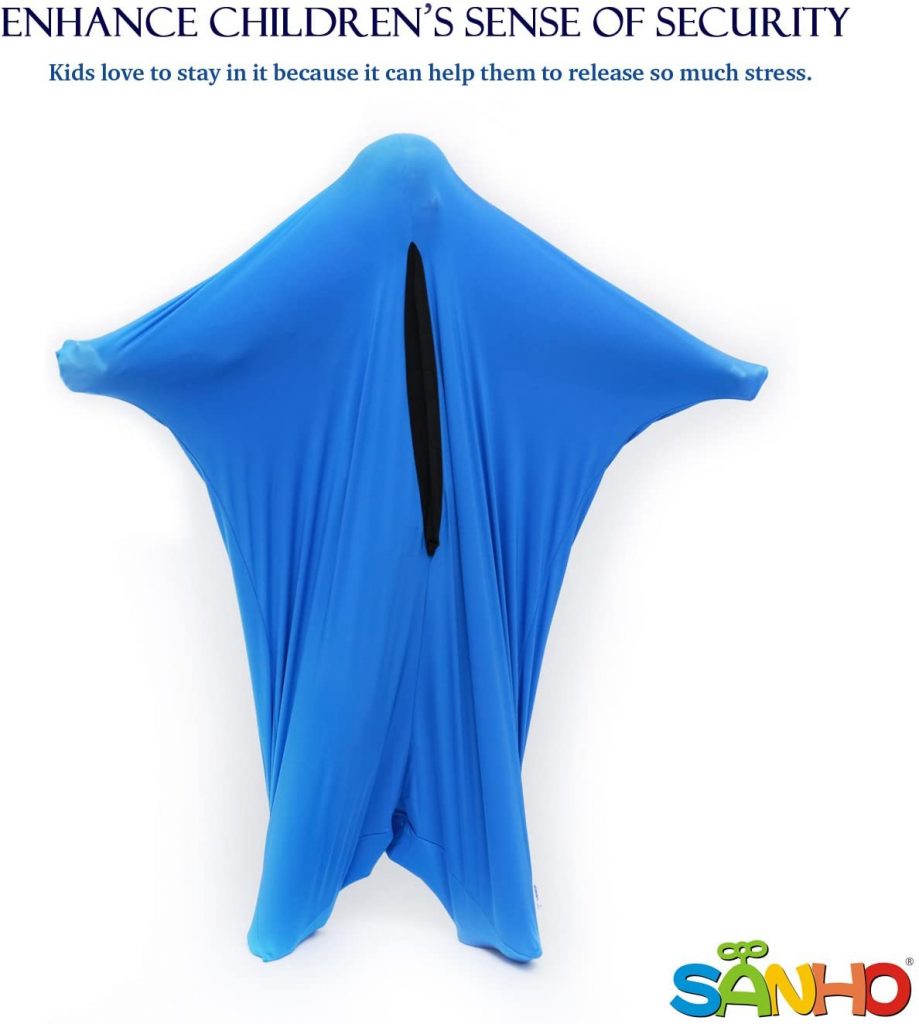
Therapists recommend using a sensory sock to encourage creative movement and strengthen resistive awareness in children with sensory issues. In fact, it’s among the best play tool for children with ASD because it gives them a sense of security and safety by being cocooned in a whole-body blanket! This Dynamic Movement Sensory Sock is highly recommended because it’s affordable, durable and versatile for children.
With its high-quality fabric, it can last for several years of regular use, even when it’s stretched in all directions, washed countless times, and used for hours on end. The elastic fabric can be stretched in all directions yet return to its normal size when not in use; normal wear and tear should be expected. The color will not fade for several years, while the dye used will not cause allergic reactions.
There are four sizes to choose from – small, medium, large and extra-large – but you can choose a larger size for your intended recipients. This way, they will have a body sock that “grows” with them while also providing ample room to move their bodies while inside their respective body socks.
There’s no danger of suffocation and strangulation when children use the body sock. There’s a head opening and a zippered closure that ensure your child’s head stays outside of the body sock. Many children even go to bed with their body socks on since it provides them with a feeling of deep compression and, thus, comfort, safety and security. Just be sure to check that it’s worn the right way to ensure their physical safety.
